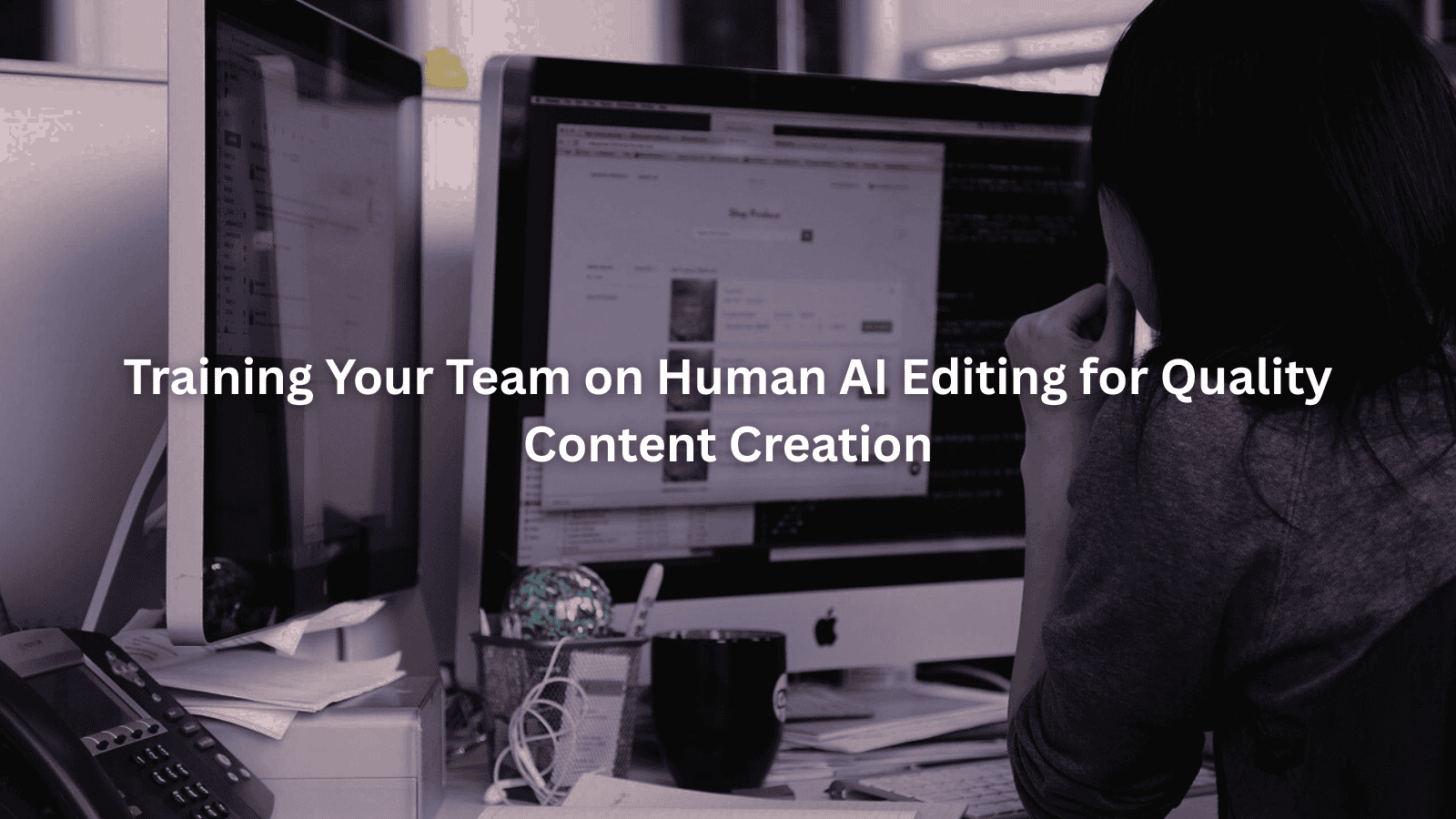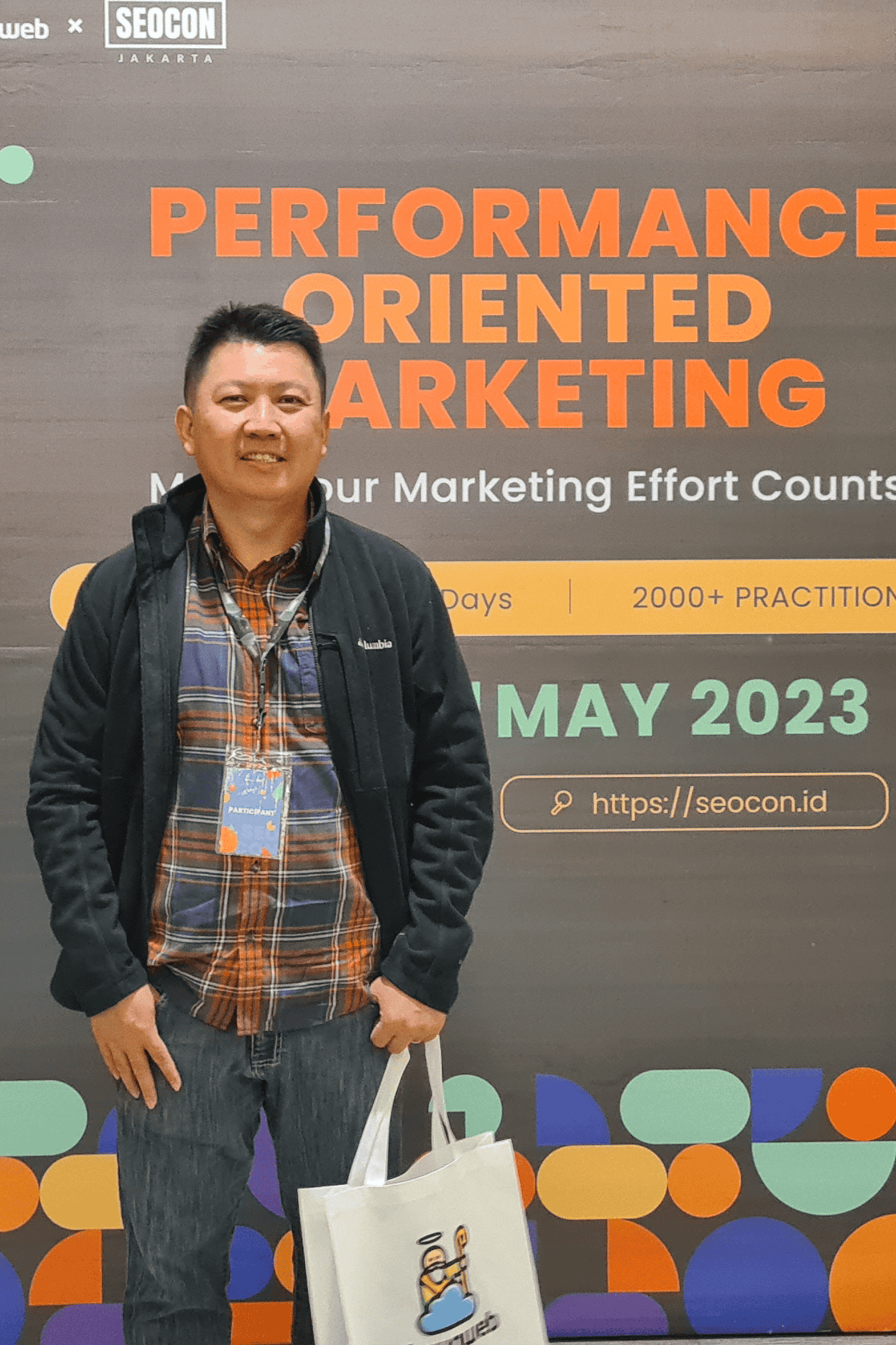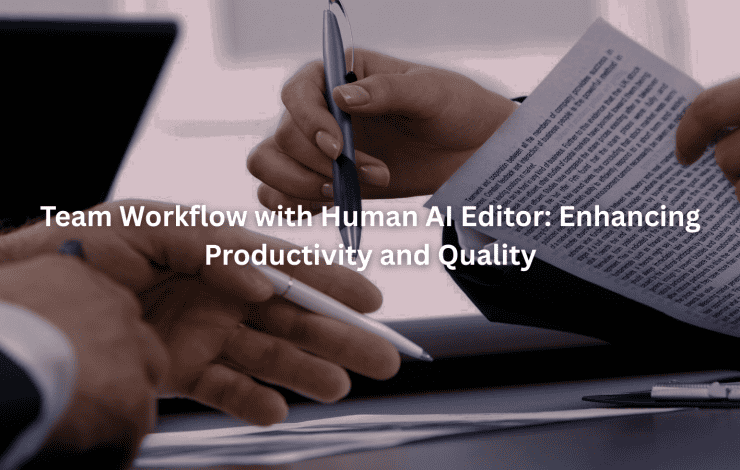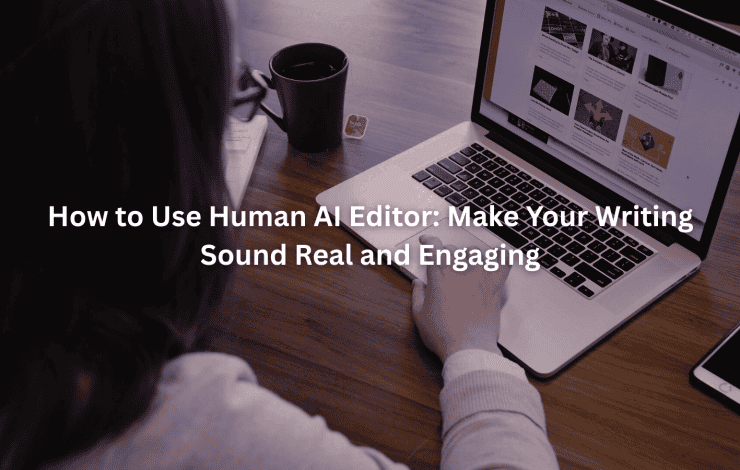AI editing tools sit right next to human editors these days. No getting around it. Teams need both the computer smarts and the human touch, but finding that sweet spot isn’t always easy. Content teams gotta learn how to work with AI without letting it take over completely. And yeah, there’s ways to do this right.
Quality still matters most, probably more than ever. Training staff to blend both worlds makes sense, focusing on what machines do best while keeping that human spark alive. Standards still matter. Always will. Teams need to learn when technology helps and when old fashioned instinct works better. It’s not always obvious.
Key Takeaways
- A good editor knows there’s a sweet spot between letting AI do the heavy lifting and trusting their own creative judgment.
- Content made with AI needs careful checking, just like anything else. Double checking facts and watching out for ethical problems keeps readers trusting what they read.
- Continuous training and adaptation are vital for maximizing the benefits of AI in content workflows.
Understanding Human-AI Collaboration in Editing
Look around any newsroom or publishing house these days. AI’s everywhere. Unavoidable.
Writers and editors watch as computers churn out draft after draft, spitting out suggestions faster than anyone can read them. But there’s this thing about really good editing, something that makes you stop and think. The machines just don’t get it. Not really.
Sure, AI helps with the grunt work. Catches typos. Fixes grammar. But it’s like having this weirdly brilliant intern who doesn’t understand when you’re being sarcastic or why that metaphor about your grandmother’s cooking actually works perfectly for the story. Just doesn’t click.
Some days the computer suggests something brilliant. Perfect word choice. Spot on structure. But then it’ll miss the whole point of a paragraph that any junior editor would catch in seconds. Frustrating. And fascinating.
And you know what? That’s probably okay. Because editing isn’t just about being right. In fact, research into collaborative creative interfaces finds that when humans co-create with AI, taking turns or guiding thematic direction, their creative confidence (or self-efficacy) nearly matches that of fully human editing, outperforming AI-alone workflows [ 1 ].
It’s about feeling the rhythm of words, knowing when to break the rules, and understanding why sometimes a wrong word is actually the right one. Human stuff.
Training people to work with AI takes more than just showing them which buttons to push. Real editors bring stuff that machines don’t understand, like knowing when something feels off or catching the perfect tone for different readers. Yeah, AI can check grammar real fast and find repeated words. Great. But editors? They know why a story works or doesn’t.
Goals matter here. Big time. Before jumping into any fancy AI training, teams need to figure out what they’re actually trying to do. Speed things up? Maybe. Make the writing better? Could be. But everyone’s gotta be on the same page about what success looks like. No point having cool tech if nobody knows why they’re using it.
Ethical Considerations and Editorial Integrity
Let’s be real about this AI stuff. It messes up sometimes. Makes things up out of thin air. And yeah, sometimes it’s got weird biases nobody asked for. That’s where we come in. Someone’s gotta catch these things before readers see them.
Facts still matter. Maybe more than ever. When AI spits out content, every single thing needs checking. Double checking. Sometimes triple checking. Because at the end of the day, we’re the ones putting our names on this stuff. And privacy? Don’t even get me started. Some things just aren’t meant for AI’s eyes.
Core Skills for Effective Human-AI Editors
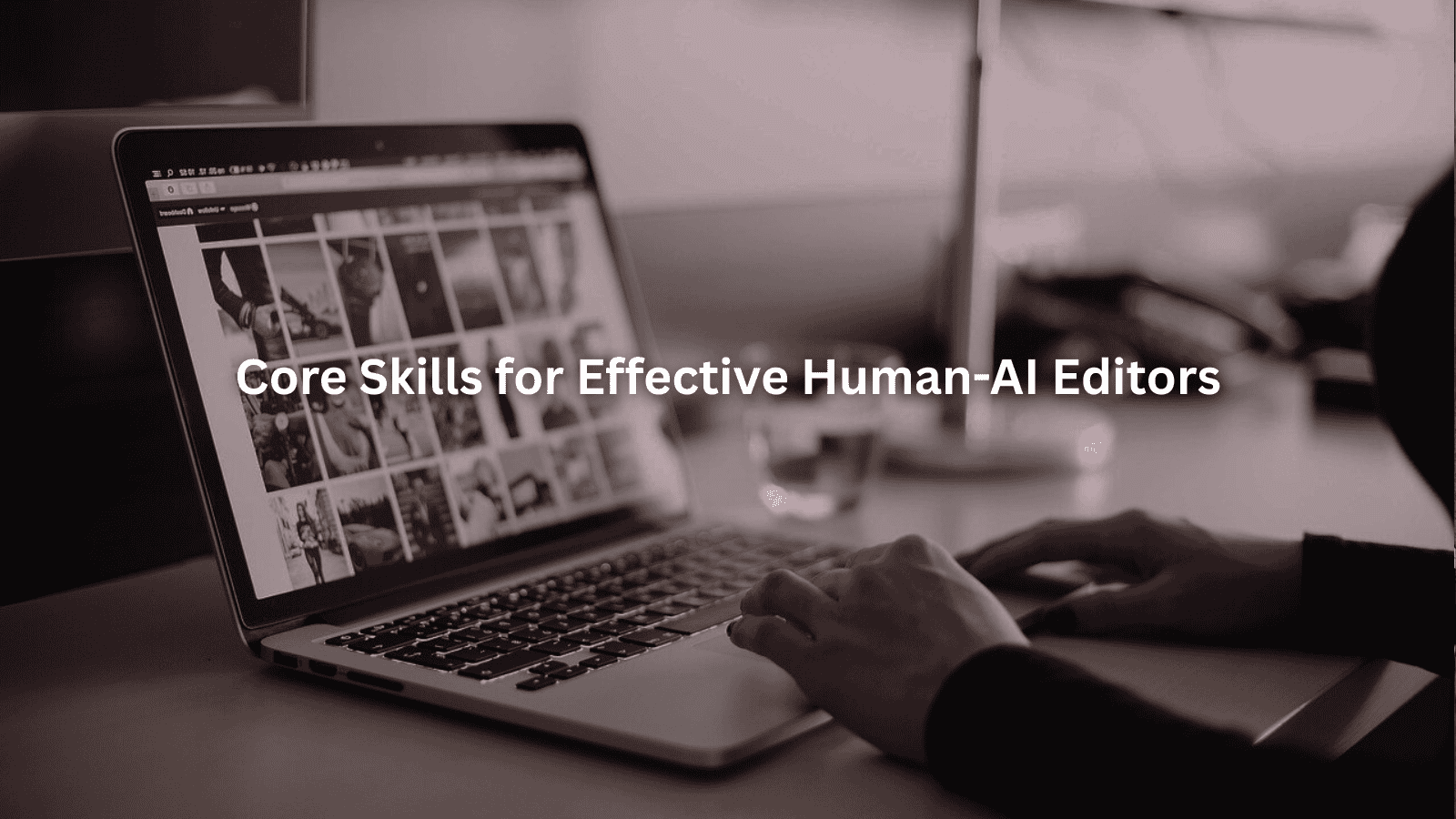
Nobody becomes good at this overnight. First thing’s first: you gotta know what you’re dealing with. AI’s got its quirks, its good days and bad days. Like that one coworker who’s brilliant but sometimes goes off the rails. You learn to spot the warning signs.
Getting the most out of AI means knowing how to use a human-AI editor effectively, from crafting precise prompts to refining tone so the final piece feels authentic and engaging.
Then there’s the nitty gritty stuff. Every fact needs checking. Every number needs verifying. It’s not glamorous work, but it’s what separates the pros from the amateurs. Sometimes AI writes like, well, a robot. Making it sound human takes work. Little tweaks here and there. But that’s what makes readers actually want to stick around and read the whole thing.
Building AI Literacy
People think AI literacy means knowing all about computers and coding and stuff. Nah. It’s way more basic than that. Building AI literacy isn’t about becoming a tech guru or learning all the coding language. It’s more about grasping the basics:
- Understand how AI systems think.
- Recognize their strengths and weaknesses.
- Spot mistakes when they arise.
Everyone who interacts with AI should know enough to identify when something seems off.
We’ve all seen AI-generated text that looks polished. At first glance, it seems perfect. But read it again, and there’s a twist, a wrong turn. Maybe it brings up events that never even took place. Or it mixes up details from different stories, creating a confusing mess.
Once you start looking for these errors, they become obvious. It’s like learning to spot a typo in a sea of words. It takes practice, but with time, you’ll get there. Knowing what to watch for makes a big difference. So, start reading critically. Don’t just accept AI output at face value.
Mastering Prompt Engineering Techniques
Okay, “prompt engineering” sounds fancy. It’s not. It’s just knowing how to ask AI for what you want. Like training a really smart dog. But weirder. There’s this thing called CRAFT that helps remember the important parts: context, role, action, format, and tone. Makes it easier to get what you’re actually looking for.
And sometimes you gotta play around with it. Try different ways of asking. Maybe the first try doesn’t work quite right. So you tweak it. Try again. Keep going until it clicks. But don’t expect perfection right away. It takes time. Patience. Sometimes a lot of coffee.
Workflow Integration and Quality Control Processes
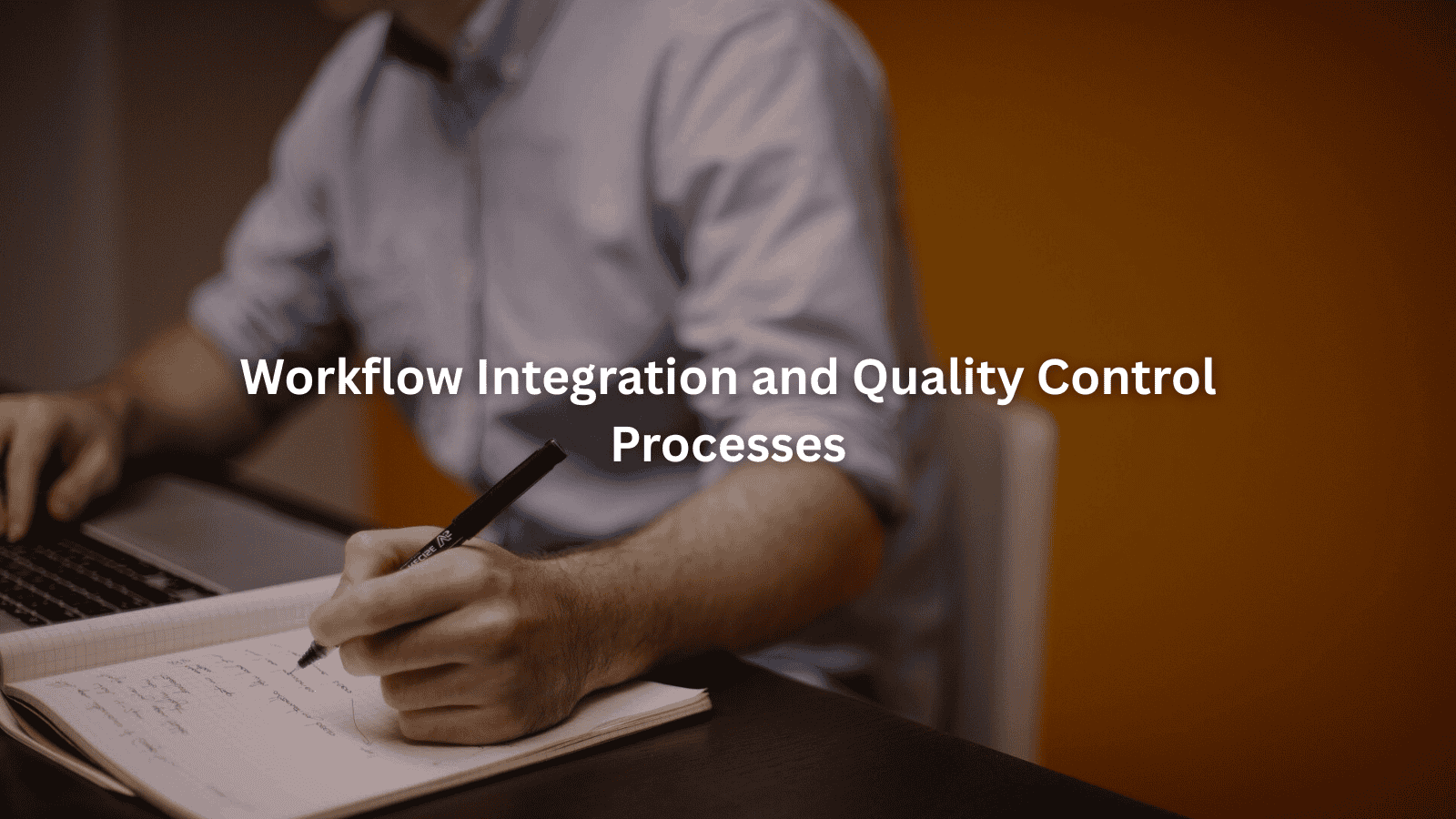
To truly harness the power of AI in our editorial processes, we need to focus on integrating human-AI editors into our workflow in a way that feels seamless, ensuring each step from draft creation to final review maintains our quality standards.
We need to assess each AI-generated draft against our editorial goals. This means checking for alignment with our objectives and ensuring the content meets our standards. Language refinement is where we can make the AI’s output more engaging, adjusting tone and style for our audience.
Fact verification is non-negotiable. We must independently verify all facts and data included in the content. This diligent approach ensures that our final product is credible and trustworthy.
Collaborative Review Mechanisms
In our experience, collaborating with a human-AI editor through peer review and shared responsibility often leads to stronger results and more consistent quality across all our projects. It’s not just about one person being responsible; sharing the responsibility leads to better outcomes.
Documenting editorial guidelines and best practices is another important aspect of our workflow. Having a clear set of guidelines helps maintain consistency across our team. We can create an editorial playbook that outlines our voice, tone, and ethical standards. This helps us avoid common pitfalls and ensures that everyone is on the same page.
Practical Training and Continuous Improvement
Hands-on training is where theory meets practice. We need to engage our team in prompt design exercises that challenge them to craft and refine prompts for various content types. This practical experience is invaluable and helps solidify their understanding of AI editing.
Group challenges can also be a fun and effective way to learn. By working together to generate, edit, and enhance AI-created content, our team can experience the entire process. Rotating roles, such as prompt engineer, editor, and fact-checker, ensures that everyone gains a well-rounded understanding of the workflow.
Scenario-driven learning modules can further enhance our training. By addressing real-world editing challenges, we can prepare our team for the complexities they might face. This practice helps them develop solutions for tone adjustment, bias correction, and other common issues.
Fostering a Culture of Experimentation
We believe that encouraging a culture of experimentation is crucial for growth. By giving team members the space to explore new AI tools and techniques, we can foster innovation. Sharing insights and lessons learned within our team promotes a collaborative learning environment that benefits everyone.
Continuous Feedback and Adaptation
Feedback is vital for our continuous improvement. Regularly gathering input from our team helps us understand what’s working and what isn’t. This is especially important because, as industry experts note, many organizations aim for AI to outperform the “average human,” yet defining and measuring such performance is anything but straightforward [ 2 ]. This feedback allows us to refine our training processes and update our protocols in line with evolving AI capabilities.
Maximizing Human Editorial Impact in AI-Assisted Workflows
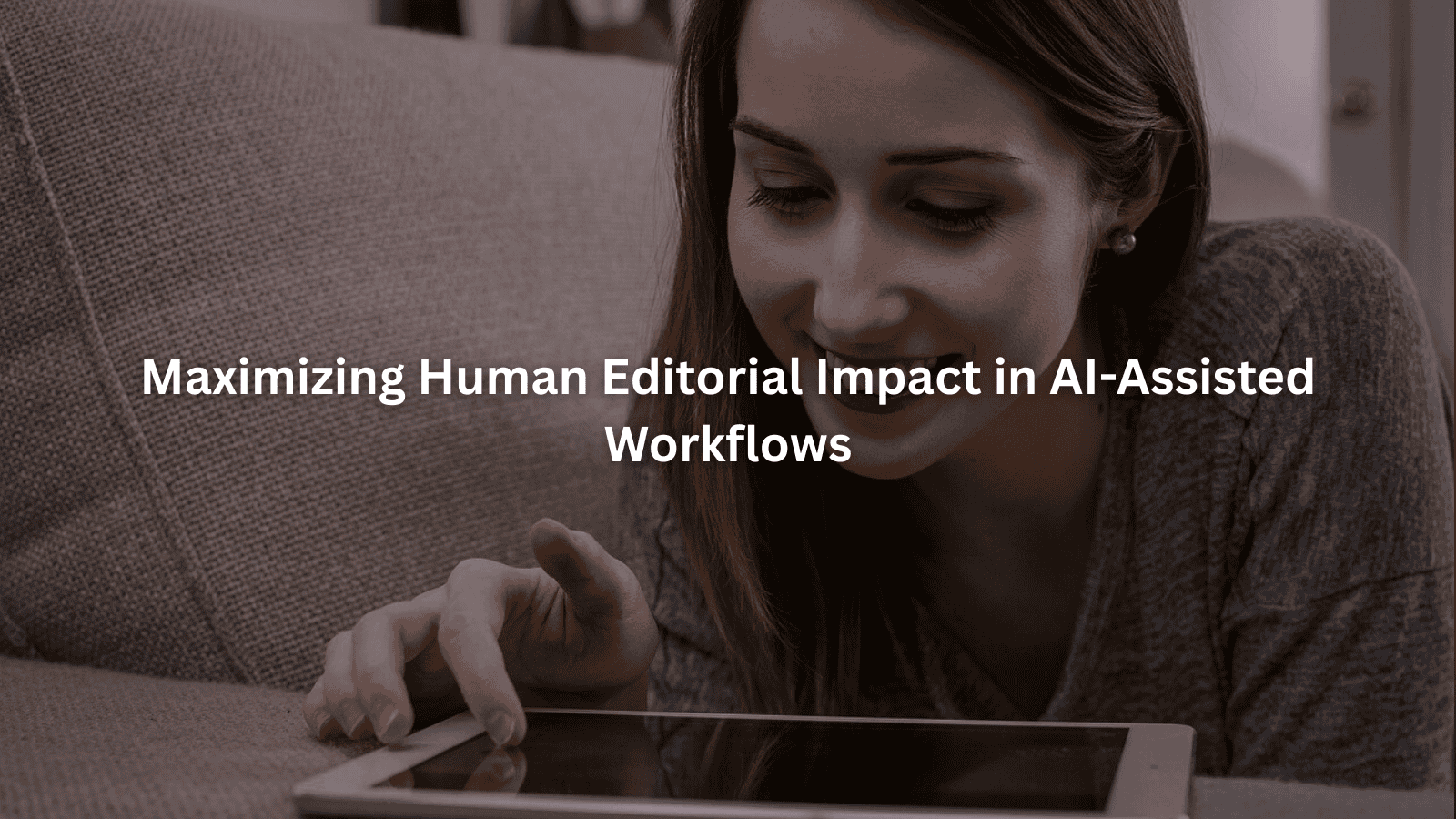
Are You a Digital Agency?
White Label SEO Content Services for Agencies
Scalable, customizable, and results-driven content solutions for your clients.
Even with advanced AI tools, human creativity and insight remain irreplaceable. Our goal should always be to enhance originality and emotional resonance in our content. This means integrating unique insights, case studies, and expert commentary that AI can’t provide.
Ensuring brand consistency and voice alignment is another crucial aspect of our work. Tailoring our style for diverse audiences helps maintain a coherent tone across various pieces. This adaptability is something AI struggles to achieve on its own.
Upholding ethical vigilance is also a priority. We must scrutinize AI outputs for misinformation and ensure proper source attribution. Applying our editorial judgment is essential to prevent the propagation of bias in our content.
Example: Human-AI Collaborative Editing Workflow
Here’s a brief look at our collaborative editing workflow:
- Prompting: The human crafts specific, detailed instructions for the AI.
- Initial Assessment: The human evaluates the AI-generated draft for alignment with goals.
- Language and Style Enhancement: The human refines the tone while the AI suggests alternative phrasings.
- Fact-Checking: The human verifies data, with the AI providing suggestions for fact verification.
- Audience Customization: The human adapts the content contextually for the intended audience.
- Peer Review: A second editor reviews the work for subtle improvements.
- Final Approval: The human either approves the content or requests further revisions.
This workflow showcases the synergy between AI and human editors, allowing us to produce high-quality content efficiently.
FAQ
How can training in human AI editing improve team collaboration?
Training in human AI editing can significantly enhance team collaboration by fostering a shared understanding of AI tools and their capabilities. When everyone is on the same page regarding how AI can assist in the editing process, team members can work together more effectively. This unity allows for smoother communication, as editors learn to rely on one another for fact-checking and refining AI-generated content, ultimately leading to higher quality outputs.
What specific challenges should we prepare for when implementing AI editing training?
When implementing AI editing training, we should be prepared for challenges such as resistance to change or misunderstanding of AI’s role. Some team members may feel threatened by AI or doubt its effectiveness, leading to reluctance in using it.
Additionally, the learning curve associated with mastering AI tools can be steep. It’s essential to provide ongoing support and encouragement as they adapt, emphasizing that AI is here to enhance, not replace, their skills.
In what ways can we ensure our AI editing training remains relevant over time?
To ensure that our AI editing training remains relevant, we must regularly update our training materials and practices based on the latest advancements in AI technology. This means staying informed about new tools, features, and best practices.
Need a Strategic SEO Content Partner?
Let’s craft SEO content that ranks, converts, and grows your brand.
Talk to UsEncouraging a culture of continuous learning within the team will help as well. We can schedule regular check-ins or workshops to discuss developments in AI editing, allowing everyone to share insights and adapt to changes together.
How do we balance automation with maintaining editorial quality in AI-assisted editing?
Balancing automation with editorial quality requires a clear understanding of the strengths and weaknesses of both AI and human editors. While AI can handle repetitive tasks and generate initial drafts quickly, human oversight is essential for ensuring accuracy, tone, and emotional resonance.
Training should emphasize the importance of thorough fact-checking and the editorial process, encouraging team members to refine AI outputs and maintain high standards throughout their editing workflows.
What ethical considerations should we incorporate into our AI editing training program?
Incorporating ethical considerations into our AI editing training program is crucial for maintaining credibility and trust. We should focus on topics such as recognizing and addressing AI biases, ensuring factual accuracy, and understanding the implications of data privacy.
It’s essential to emphasize the responsibility we have as editors to scrutinize AI-generated content for misinformation and uphold ethical standards. Training should encourage discussions about these issues and provide guidelines for ethical decision-making in our editing processes.
Conclusion
At Jet Digital Pro, we blend editorial mastery with AI fluency to deliver high-quality, Google-resilient content. By mastering structured prompting, enhancing AI outputs, and applying our 11-step human editing process, we scale efficiently while keeping content authentic and accurate. Our tailored white-label SEO solutions help agencies grow without increasing workload.
Ready to scale your content without sacrificing quality? Contact Jet Digital Pro today.
References
- https://www.nature.com/articles/s41598-024-69423-
- https://fortune.com/2025/07/08/companies-want-ai-to-be-better-than-the-average-human-measuring-that-isnt-straightforward
Related Articles
- https://jetdigitalpro.com/integrating-human-ai-editors-into-workflow/
- https://jetdigitalpro.com/collaborating-with-a-human-ai-editor
- https://jetdigitalpro.com/how-to-use-human-ai-editor
P.S – Whenever you’re ready,
we’re here to help elevate your SEO content.
Partner with us for strategic, scalable content that drives real organic growth.
Contact Us Now
